Understanding sex determination pathways enables innovative experimentation

Worldwide, shrimp-farming industries are developing genetically superior stocks through selective breeding programs, prompting the search for techniques to prevent unauthorized breeding. To date, there have been two principal approaches to achieve genetic protection in shrimp. The first approach relies on inbreeding depression to compromise the performance of progeny produced from unlicensed breeding, while the second attempts to confer reproductive sterility.
Genetic protection
The concept of using inbreeding depression for genetic protection involves supplying farms with elite stocks that are closely related. To be successful, this approach requires that the pedigrees of the stocks remain unknown to the growout farms. Breeding of these stocks results in rapid increases in inbreeding and puts progeny at risk of inbreeding depression.
Conferring reproductive sterility in shrimp can provide genetic protection by preventing the production of viable progeny. Typically, reproductive sterility is achieved using techniques such as polyploidy and irradiation. In addition to providing genetic protection, these techniques can have other benefits that the inbreeding approach does not provide.
Induction of reproductive sterility provides a method of genetic containment, preventing cultured escapees from genetically contributing to natural fisheries populations. Polyploidy approaches can also bias sex ratios among populations, which can be used to improve production in sexually dimorphic species such as shrimp. Female shrimp grow larger than male shrimp, so stocking ponds with predominately female stocks significantly improves production.
Within Australia, significant investments are being made to advance understanding of the underlying biochemical and genetic processes that control fertility and sex in penaeid shrimp. At the same time, industry- focused research is investigating techniques to produce reproductively sterile, all-female shrimp populations through such technologies as polyploidy, irradiation, and genetic engineering.
Polyploidy
The term polyploidy refers to the number of chromosome sets in a cell. In the normal diploid state, each somatic cell has two chromosomes, one from each parent. Ploidy induction is the manipulation of the number of chromosomes in a cell, which can be achieved by applying induction shocks or changes in environmental conditions during early embryonic development.
The ploidy levels achieved through induction are species-specific and determined by the timing, duration, and magnitude of the induction shock. Typically, ploidy induction produces triploid or tetraploid individuals with three or four sets of chromosomes, respectively, rather than the usual two. Ploidy induction can occur sporadically in nature and is currently used by the salmon and oyster aquaculture industries to confer desirable commercial traits such as reproductive sterility and skewed sex ratios.
Triploid induction has been successful for several shrimp species, including Fenneropenaeus chinensis, F. indicus, Penaeus japonicus, and P. monodon. Triploidy has been achieved by applying shock agents timed to stop meiosis II [polar body (P.B.) II extrusion], the final nuclear division before mitosis.
In, F. chinensis and P. japonicus, the two species in which P.B. II triploidy has been thoroughly studied, triploid shrimp are predominantly female (100 percent in P. japonicus) and always reproductively sterile. Studies have also found that triploid shrimp have growth and survival comparable to their diploid siblings.
Despite this, however, P.B. II triploid induction is highly variable in the number of spawning inductions that result in some triploids and number of triploid progeny produced within the spawning. This variability in frequency and efficiency has limited the uptake of triploid induction technologies by the commercial shrimp industry.
Researchers at the Commonwealth Scientific and Industrial Research Organisation (CSIRO) in Australia recently discovered an alternative approach to produce triploid shrimp which has a 100 percent induction frequency. This technique applies a shock agent immediately after eggs are released from the female, preventing meiosis I (P.B. I extrusion) from occurring. The success of this method is reliant on the rapid automated detection of spawning and gentle handling of the newly spawned eggs.
Despite the 100 percent P.B. I induction frequency, induction efficiencies are still variable. They are currently being optimized in an attempt to consistently produce over 80 percent P.B. I triploids. For fail-proof genetic protection, induction efficiencies need to be 100 percent. However, from a production perspective, triploidy induction rates of 80 percent could provide substantial improvements in pond production, as triploid shrimp are female and grow larger than males.
The mating of tetraploids with diploids has proven successful in producing 100 percent triploids in other aquaculture species, and could be an alternative solution to the variable induction efficiencies of direct triploidy induction in shrimp. However, to date only Professor J. H. Xiang’s group at the Chinese Academy of Science in Qingdao, China, and CSIRO in Australia have reported successful tetraploid induction in shrimp. Both groups found that tetraploids were not viable.
Polyploidy research at CSIRO is currently directed toward refining P.B. I triploid induction technologies for Australia’s most commercially important species, P. monodon. Key focus areas are the optimization of induction efficiency to approach 80 percent, assessment of triploid shrimp performance when grown in ponds, and development of a commercial-scale automated induction system that can reliably induce whole spawnings.
Irradiation Irradiation is one technique that has been successful at providing 100 percent reproductive sterilization in a wide range of organisms, including pest insects and aquaculture species such as rainbow trout, sea lampreys, and Atlantic salmon. CSIRO investigated the potential of irradiation to confer reproductive sterility in P. japonicus.
The irradiation research demonstrated that the ability of male and female P. japonicus to produce viable offspring was significantly reduced when the shrimp were treated at harvest age or at postlarval age and then reared to reproductive maturity. However, at dose rates that did not compromise survival, viable progeny could still be produced.
Irradiation is therefore unlikely to be a suitable strategy for genetic protection in the shrimp industry.However, it should be mentioned the effects of irradiation have only been evaluated for a single penaeid shrimp species and could vary for other species and under different treatment regimes.
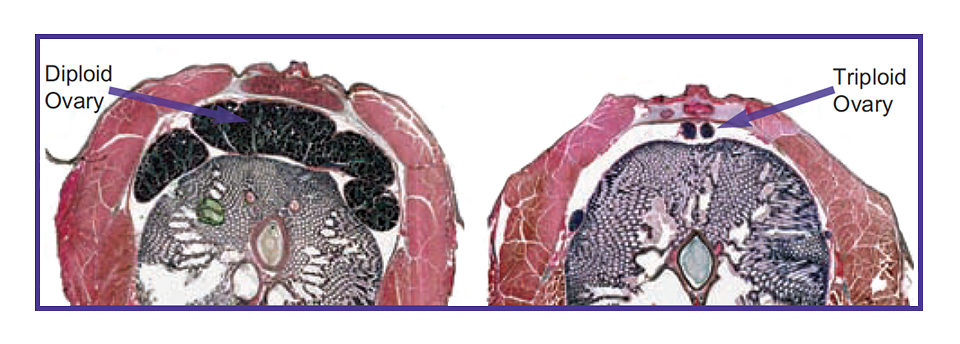
Genetic engineering
The combined use of molecular biotechnology and genetics to investigate mechanisms of fertility and sex determination in numerous commercially important animal phyla has gained increased research attention over the last decade. A thorough understanding of sex determination pathways and the genes involved with sex differentiation enables innovative experimentation to investigate whether the genetic pathways can be manipulated to influence fertility and sex.
Currently, the molecular genetics of penaeid shrimp are receiving considerable research attention globally, with a focus on immune response and pathogen interactions, genetic marker development for diversity studies and pedigree analysis, and genomic characterization. However, little research is being conducted on the molecular aspects of shrimp reproduction and sex control. Only a few shrimp-specific gene sequences that are candidates for sex and/or fertility control have been published.
At CSIRO, researchers have been assessing the potential of using genetic engineering to control the sex and fertility of P. japonicus using a multistep approach. They have isolated and characterized shrimp-specific candidate genes that are known to be involved in sex and fertility determination in other invertebrate species. Using high-throughput molecular technologies, the work is determining whether the genes are expressed differentially throughout embryonic, larval, and postlarval development, indicating their functional roles during these key developmental phases.
Current CSIRO studies are regulating the expression of these genes during the varied developmental periods and evaluating the effects on shrimp sex and fertility. Once the genes involved in controlling fertility and sex are fully characterized, researchers can work toward developing commercial technologies to produce genetically protected, all-female shrimp.
(Editor’s Note: This article was originally published in the January/February 2008 print edition of the Global Aquaculture Advocate.)
Now that you've reached the end of the article ...
… please consider supporting GSA’s mission to advance responsible seafood practices through education, advocacy and third-party assurances. The Advocate aims to document the evolution of responsible seafood practices and share the expansive knowledge of our vast network of contributors.
By becoming a Global Seafood Alliance member, you’re ensuring that all of the pre-competitive work we do through member benefits, resources and events can continue. Individual membership costs just $50 a year.
Not a GSA member? Join us.
Authors
-

Melony J. Sellars, Ph.D.
CSIRO Food Futures National Research Program
CSIRO Marine and Atmospheric Research
P.O. Box 120
Cleveland, Queensland 4163 Australia[117,97,46,111,114,105,115,99,64,115,114,97,108,108,101,115,46,121,110,111,108,101,109]
-
Nigel P. Preston, Ph.D.
CSIRO Food Futures National Research Program
CSIRO Marine and Atmospheric Research
P.O. Box 120
Cleveland, Queensland 4163 Australia
Tagged With
Related Posts
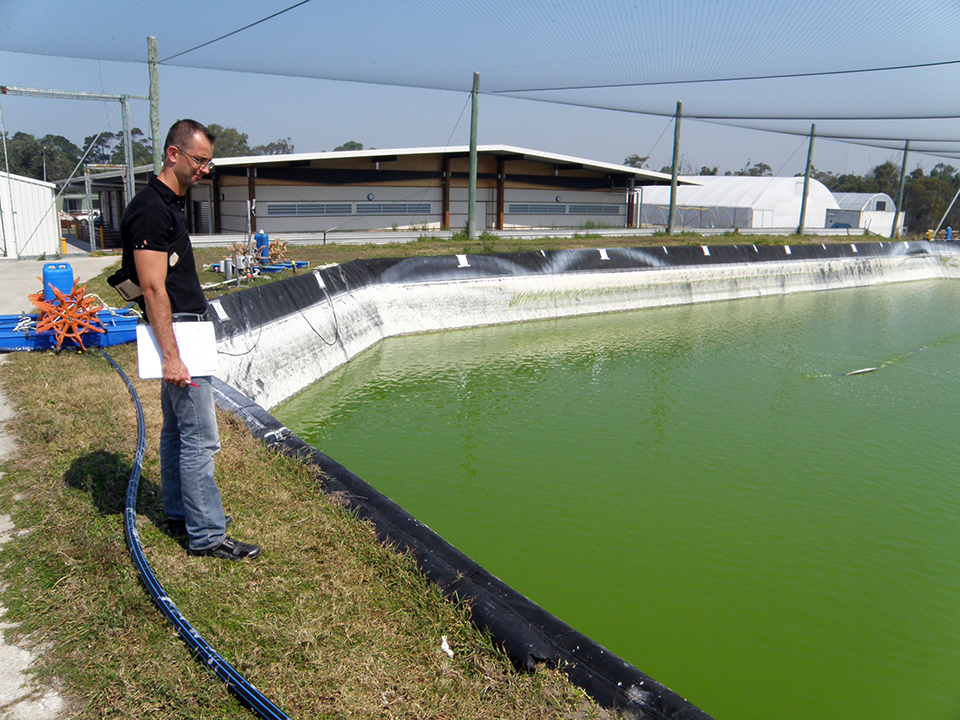
Innovation & Investment
Cooperation grows Australian aquaculture
Expansion of the Bribie Island Research Centre allows agencies to tackle multidisciplinary research tasks to help the Australian aquaculture industry.
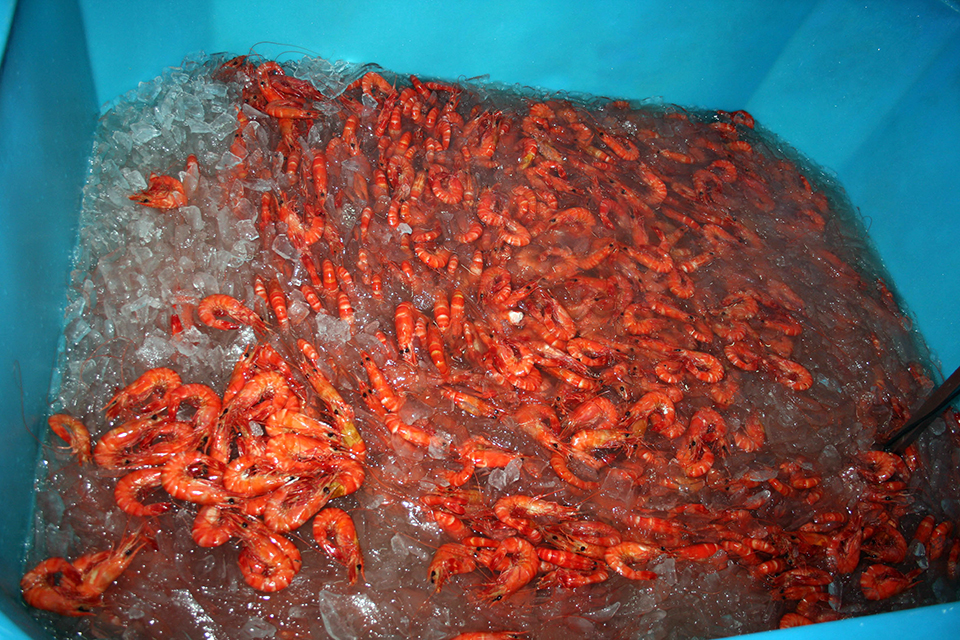
Intelligence
Mechanisms of shrimp coloration
Color can impact the price of shrimp, with dark red preferred in some markets. Research using colorimeters to quantify color in raw and cooked shrimp found that although shrimp raised on white or black substrates exhibited different coloration, total carotenoid levels were the same in all the animals.
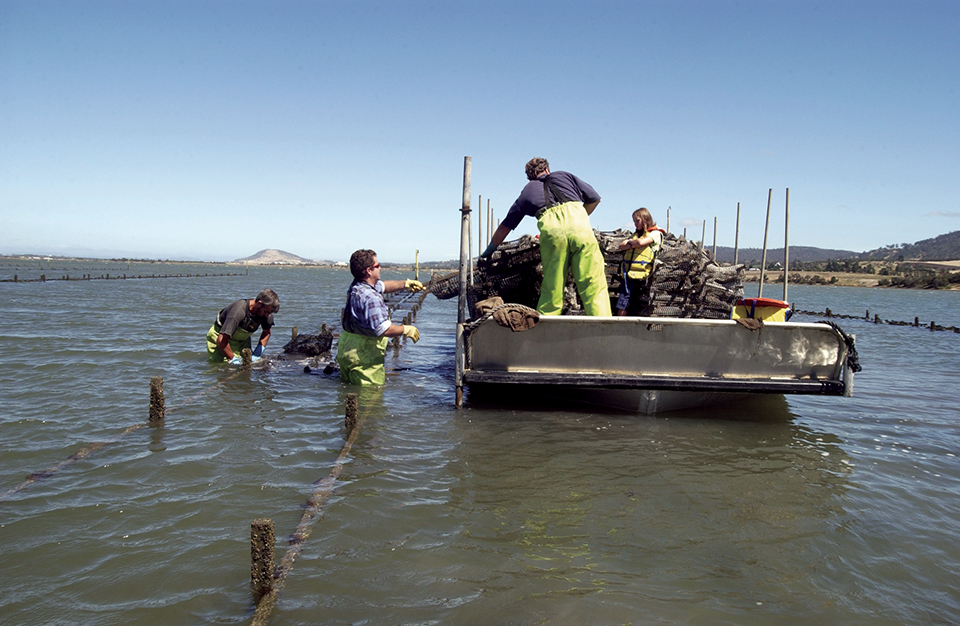
Health & Welfare
Pacific oyster selective breeding in Australia
A partnership between CSIRO and the Australian seafood industry has significantly improved the selective breeding of Australian Pacific oysters.
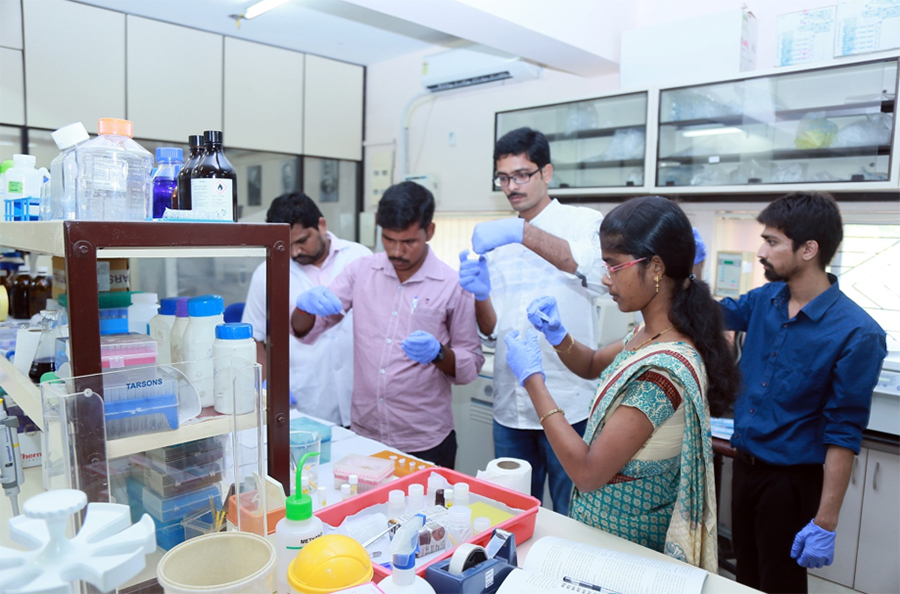
Health & Welfare
Training and harmonization of PCR diagnosis of WSSV in India
Accurate PCR testing of shrimp seedstock assures shrimp farmers that their seedstock is clean of major diseases. Ring tests verify that labs conducting PCR testing are obtaining correct, reliable and reproducible results when testing for specific shrimp diseases.



